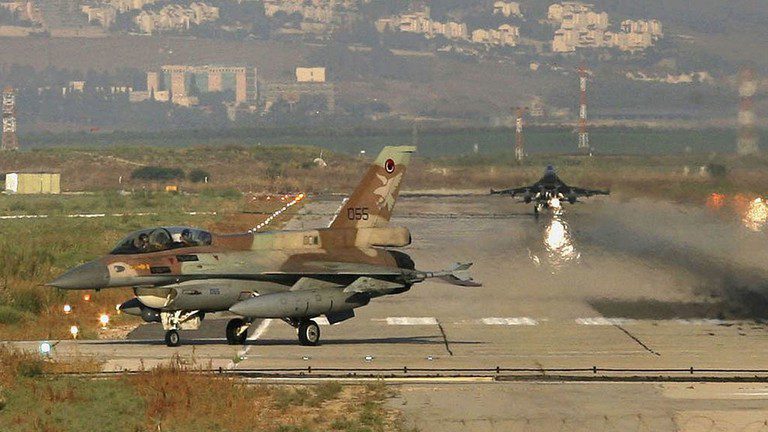World
Tensions Escalate: Israeli Jets Bomb Lebanon

On Tuesday evening, West Jerusalem announced that Israel Defense Forces (IDF) jets had carried out airstrikes on multiple Hezbollah targets in southern Lebanon.
This came after Hezbollah released a video earlier in the day, claiming that its spy drones had flown over northern Israel and filmed the port of Haifa without being intercepted by air defenses. The IDF stated that it had successfully intercepted a suspicious aerial target near the Lebanese border.
The airstrikes targeted various terror infrastructure sites in Taybeh, Odaisseh, and Jibbain, as well as a military structure in Ayta Ash Shab. The ongoing exchange of rocket fire between Hezbollah and the IDF across the Lebanese border has resulted in the displacement of thousands of Israelis and Lebanese.
Israeli President Isaac Herzog had previously warned about the need to address terrorist aggression, and now the IDF has announced the finalization of operational plans for an offensive in Lebanon, as stated by Major-General Ori Gordin and Major-General Oded Basiuk.
In response to US calls for restraint and diplomacy, Foreign Minister Israel Katz stated that Israel is on the verge of altering the rules of engagement with Hezbollah and Lebanon. Katz emphasized that in the event of a full-scale war, Hezbollah would be annihilated and Lebanon would suffer significant damage.
This declaration comes in the context of the 34-day war between Israel and Hezbollah in 2006, which was sparked by a cross-border raid into Galilee by the Shia militia. Despite the Israeli Defense Forces’ ground offensive into Lebanon, the conflict did not yield military gains and was left unfinished.
The subsequent Winograd Commission report criticized the government for its flawed decision-making process, lack of realistic objectives, and absence of an exit strategy. Although Israel claimed victory at the time, the conflict has since been widely regarded as a success for Hezbollah.
